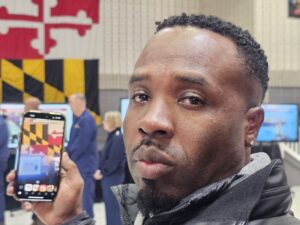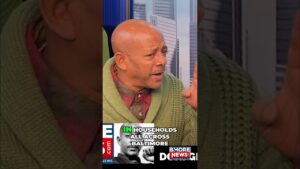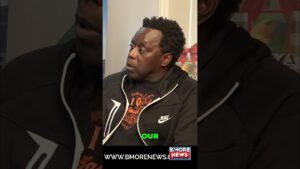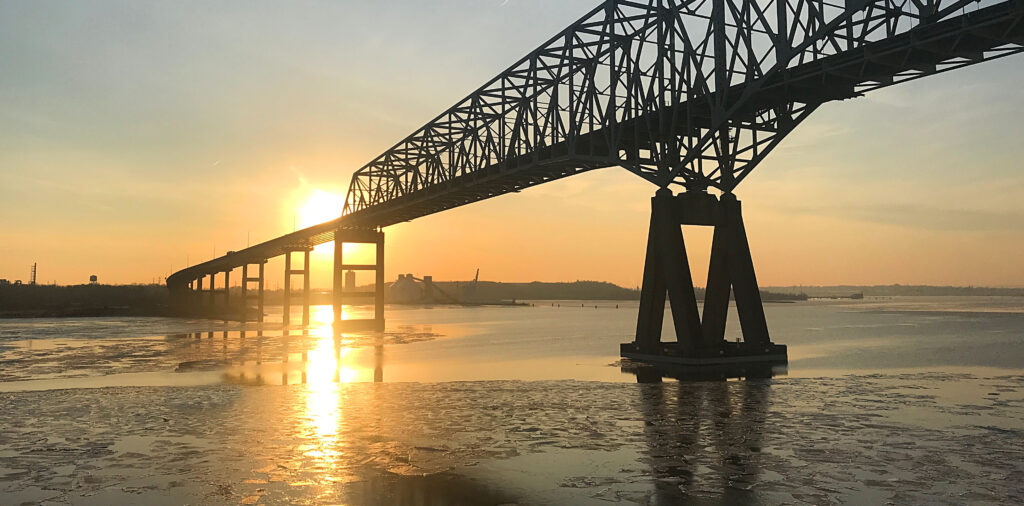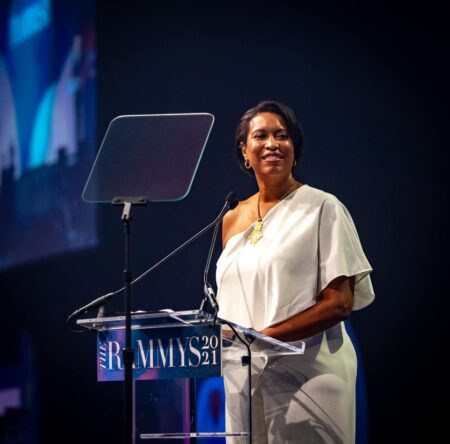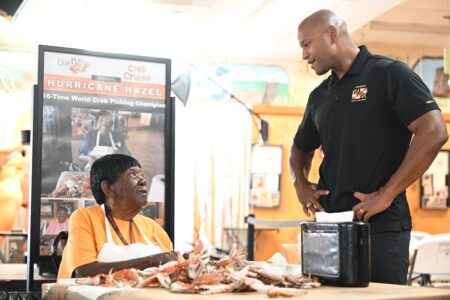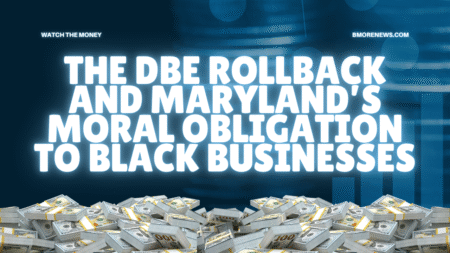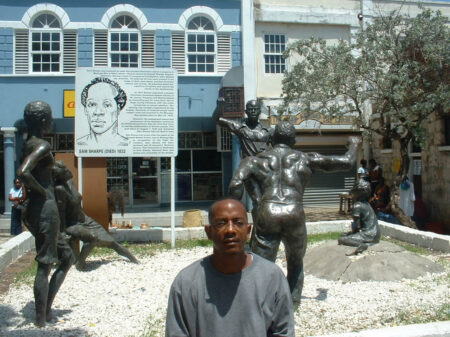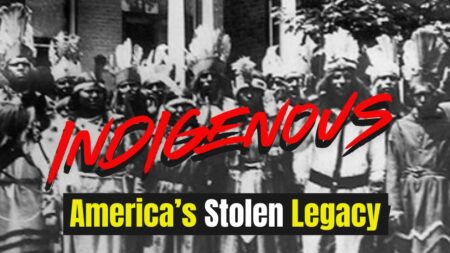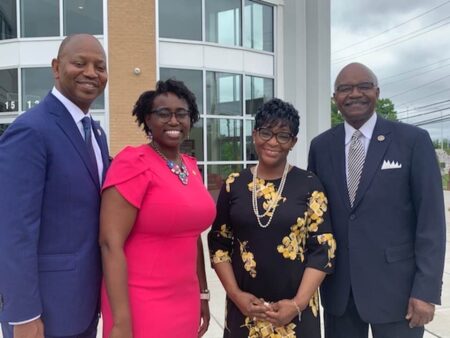
(WASHINGTON D.C. – April 5, 2024)
The thunderous sound was both booming and awe-inspiring.
It was a cold and drizzly day, with intermittent sprinkles adding to the chill in the air.
The President of the United States flew overhead in his specialty, super-modern helicopter. It was gigantic, with twin rotors spinning outstretched from the plane like wings, positioned to spin overhead. From a distance, it almost resembled a drone due to its shape, but as it approached its magnificence and volume became increasingly evident. The President, accompanied by the Governor of Maryland, Wes Moore, surveyed the aftermath of the massive cargo ship Dali and its unfortunate collision with the Key Bridge. Several lives were lost to the waters that night, and days later, some individuals remained unrecovered.
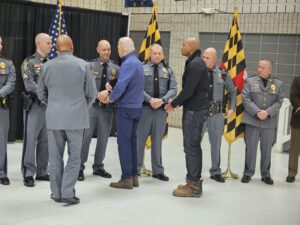
The President and the Governor were there for those lives, those individuals, those families.
Moreover, because the Port of Baltimore is crucial to the nation’s economy, clearing this port was a major priority. A quick web search on the port reveals several sites echoing some of the same refrains: The Baltimore Port is one of the largest in the United States, the second-largest exporting hub for coal, and a major hub for the import and export of automobiles. Almost literally, the lifeblood of the nation’s economy flows through the Port of Baltimore.
This narrative is fitting for Baltimore, the literal home of our National Anthem, the “Star Spangled Banner,” written in 1814 by Francis Scott Key, the namesake of the bridge in question.
With this backdrop, it’s understandable why the President of the United States would choose to come here — to share, uplift, encourage, and rebuild. Not just the workshops and jobs in and around Baltimore City; not
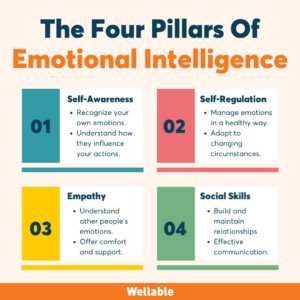
solely for the heritage of our great nation, but more so for the opportunity to rebuild bridges over the troubled waters of misunderstandings, into the light of goodwill and shared, appreciative experiences.
It’s perhaps more than coincidence that our nation’s letters spell, “US,” indicating the collective first-person plural sense of the idea. For over 200 years, our nation has been telling us that we are “U.S.”; that we can only thrive by embracing all of who we are. Once we understand our strengths and weaknesses, we can map out a course to build the bridges of understanding for shared existence.
Our ability to be effective in this regard reflects our emotional intelligence. Emotional intelligence acknowledges our strengths and weaknesses and guides our behavior for the greater good. It enables us to understand others’ perspectives, and facilitates meaningful interactions.
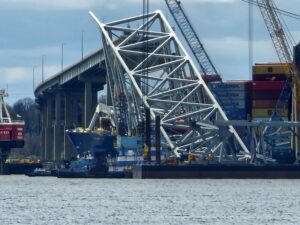
In this way, emotional intelligence acts as a bridge, connecting individuals and making them one
— making individuals, plural —
and making the U.S., us.
Our Governor, our President, as well as the Mayor of Baltimore Brandon Scott, exemplify what this unity can look like moving forward — the simple yet profoundly integral work of building bridges.
For all Americans everywhere, building bridges is key to entering a new phase of progress and development.
My name is Rodney C. Burris. I am the White House Correspondent for BMORENews, a media outlet in Baltimore where our slogan is, “the news before the news.” This column will look at the events impacting our nation and filter them through the lens of Emotional Intelligence. Our goal will be to inform, to make aware, to facilitate understanding, and then to increase the overall understanding of ourselves as we take a deep dive into the topics affecting our Emotionally Intelligent Nation.
